Origin Report: Peru 2019
I recently had the opportunity to join some of our friends at the Alliance for Coffee Excellence for the third annual Cup of Excellence competition in Jaen, Peru. Peru has been producing coffee for quite some time (it’s in the top 10 producers of Arabica by volume worldwide) and we’re always looking for opportunities to see more of what’s going on across their different growing regions. Attending Cup of Excellence is a great way to not only taste some of the best coffees Peru has to offer, but get a sense of the range of different flavors, processes, and varietals available from Peru’s specialty coffee producers.
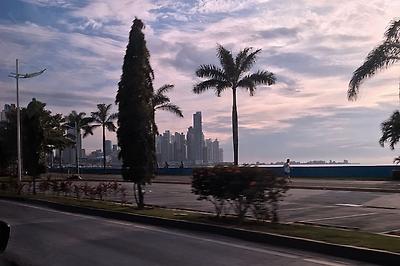
It seems like with every coffee-related trip I take - there are a few travel snafus, and this time I missed a connecting flight to Lima on the way down. I ended up spending a night in Panama City, which all considered is a pretty great place to get stuck - so I enjoyed some great views and toured around the city before catching the next flight.

I'd booked an extra day in Lima to get acclimated before the coffee events kicked off - so I had some time to explore. Several of the world's highest-rated restaurants are in Lima, and food across the entire city is extremely high quality and delicious. Ceviche originated in Peru, and if you ever visit it's a must-try.
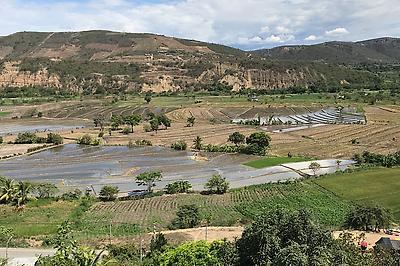
The next day I flew to Jaen in Northwest Peru, where this year's Cup of Excellence competition was set to take place. It is a lovely area with deep valleys and high mountains - a natural fit to host the country’s premier coffee competition. We got checked into the hotel and mingled as more and more folks arrived for the competition - and got prepared for events to kick off the next day.
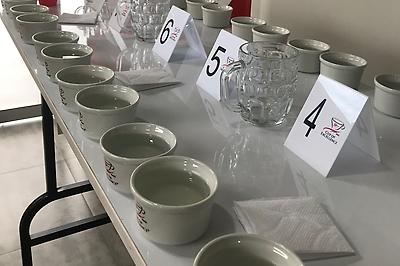
The first day of the CoE competition is for calibration. This is a process that helps get the judges on the same page, ensuring that everyone has a common understanding of the different flavors and characteristics of the coffee to be judged, and a common vocabulary for describing them. An interesting part of this process involved the judges cupping solutions that contain the different types of acids present in coffee (malic, citric, and tartaric) and different combinations of sugars. Some of these cups were pretty unpleasant to taste - but doing so gives the judges a refresher on these flavors and helps ensure everyone is cupping and scoring with a common understanding.
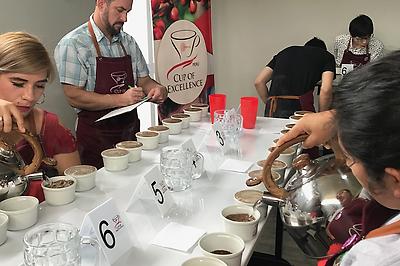
After calibration, the competition cupping begins! The Cup of Excellence draws a lot of entrants - with around 300 coffees submitted in Peru this year. The coffees are first judged nationally by coffee professionals and go through a few rounds of extensive cupping to cut the field down to coffees scoring above 85 points. Then those coffees are cupped by the international jury, who determine the top 30 to be considered Cup of Excellence coffees in the second round of the international competition. The semifinalists that don’t move on are considered 'National Winners' if they score above 86 points but don't qualify for the finals.
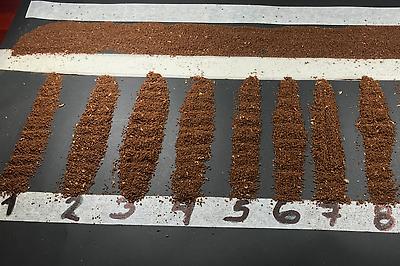
An interesting part of the CoE experience was seeing the different tools and information made available to the jury during cupping. They had this display of each roast on a table under neutral lights - so that judges can get a sense of any inconsistencies in the roast level from sample to sample and account for them in scoring cups. This sort of scrutiny and attention to detail isn't common at all cuppings - but these are the best of the best and CoE scores can skyrocket demand for different coffees so they pull out all the stops. The staff at the event responsible for these displays was also doing all the grinding, pouring water, setting cups, and keeping everything organized and clean across all the rounds. They ran an impeccable competition start to finish at a large scale, and deserve serious kudos for their commitment to highlighting the best of Peru’s coffee!
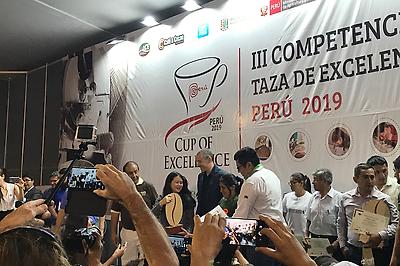
The final round of competition is a cupping of the top ten coffees from the year, which get a second pass for judges to score and determine which coffee will be awarded top prize. Those results are kept secret until the awards ceremony at the end of the competition - which is essentially a big party. Lots of great coffee producers are awarded for their dedication to excellence, and it was fun to be in such a large crowd celebrating all the hard work that goes into producing excellent coffee.
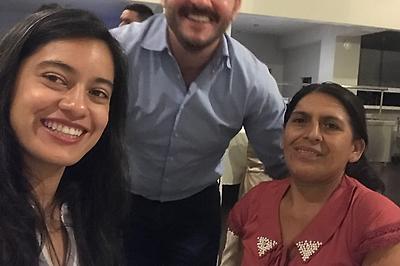
It’s always a close competition, and the winner was Grimanes Morales Lizana - who grew a new mutation of the bourbon variety on her La Lucuma farm. She named the variety Marshel after her father in law, and it blew the judges away with an overall score of 92 points. I felt extremely honored to be able to pick her brains and learn from her about her coffee production and her new varietal and say congratulations after the widely attended awards ceremony (shout out to Laura for the translation services!).
Once the scoring is complete, the competition coffees are secured in a warehouse in Peru, and samples are distributed worldwide before the auction takes place in December - when people all over the world will bid for a chance to roast these incredible coffees. The winning bids are recorded, payment secured, and then the coffee is prepared for export to different roasters all over the world. And after tasting these lots - we’d say the winners have a lot to look forward to!
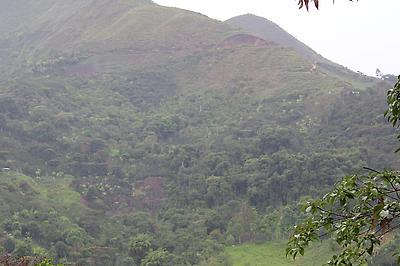
After three days of intensive cupping at the CoE competition, we took a trip to some coffee farms nearby Jaen to see how coffee farms in Peru operate. It’s always enlightening to see coffee production in different countries, since the scale and methods deployed vary widely based on climate, history, and infrastructure.
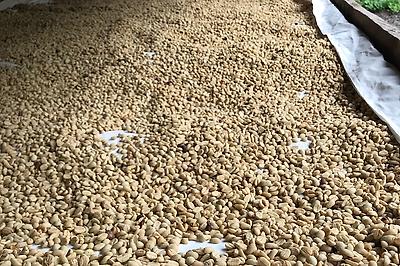
We visited a cooperative of about 60 members that produced coffee on about 60 hectares combined - many of the producers were operating on about 1-3 hectares, which is on the smaller side of things scale-wise. It was actually raining when we visited, so we got to see some of their covered drying tables in action at one of the farms, though many cooperative members take their cherry to a communal mill for processing.
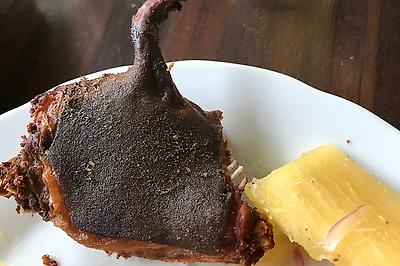
One of the farmers treated us to Cuy for lunch, a popular food in the mountainous areas of Peru. Personally not a big fan of eating guinea pigs, but it was very nice of them to prepare it nonetheless. One of the things that stood out in Jaen is just how much pride people took in their region - the city held a ceremony to honor the visitors for the Cup of Excellence and passed a city resolution honoring us as well as gifting us medals! Some level of fanfare is to be expected at any national championship, but I have to say - the Peruvians know how to make you feel welcome!
